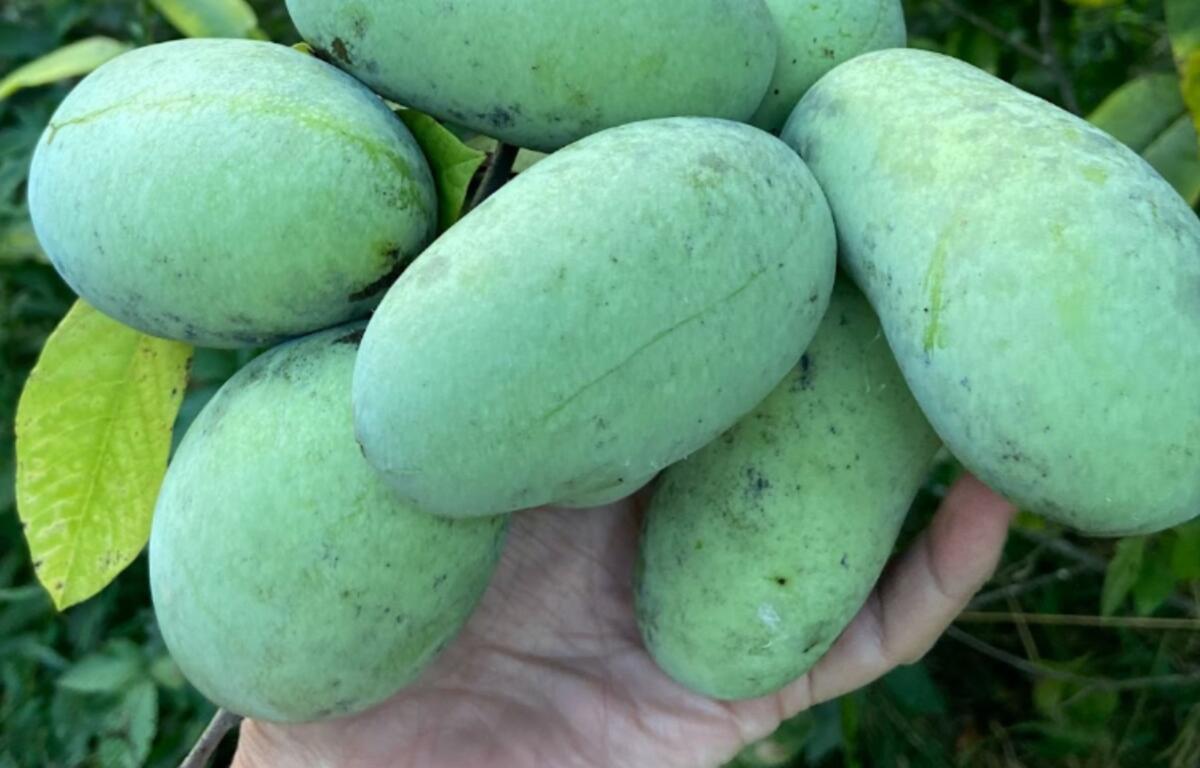ASHEVILLE, N.C. (828newsNOW) — As leaves turn and temperatures drop, Western North Carolina offers a bounty of overlooked and unusual foods for foragers and visitors to local markets. Native American persimmons, pawpaws, sourwood honey, wild mushrooms and sweet potato greens are among the region’s unique fall offerings.
Heirloom pumpkins: A colorful tradition
While the classic orange pumpkin dominates Halloween displays, local farmers are cultivating a variety of heirloom pumpkins. Varieties such as Cinderella and Fairytale are prized for their vibrant colors, unusual shapes and sweet, rich flesh, perfect for pies and soups.

Chestnuts: A nutty revival
American chestnuts, once a staple of Appalachian diets, nearly disappeared due to a fungal blight in the early 20th century. Today, efforts to restore the trees are underway. The nuts are celebrated for their sweet, starchy flavor and versatility in both savory and sweet dishes.
Specialty mushrooms: Forest treasures
Western North Carolina’s forests provide an ideal habitat for mushroom foragers in the fall. Chanterelles, known for their delicate texture and fruity aroma, appear in late summer and early fall. Hen of the Woods, or Maitake, grows at the base of dying or dead oak trees and is valued for its meaty texture and umami flavor, as well as for medicinal uses.
Other notable varieties include velvety oyster mushrooms, which are well-suited for stir-fries, and lion’s mane, whose flavor resembles crab or lobster.
A taste of place
These specialty foods not only enhance the fall dining experience but also connect consumers with the land and traditions of Western North Carolina. From heirloom pumpkin pies and roasted chestnuts to sautéed foraged mushrooms, each bite reflects the region’s agricultural diversity and resilience.
Local markets are ideal spots to find these seasonal foods and meet the growers who cultivate them. As autumn deepens, venturing into the mountains offers a flavorful journey into Appalachia’s culinary heritage.

